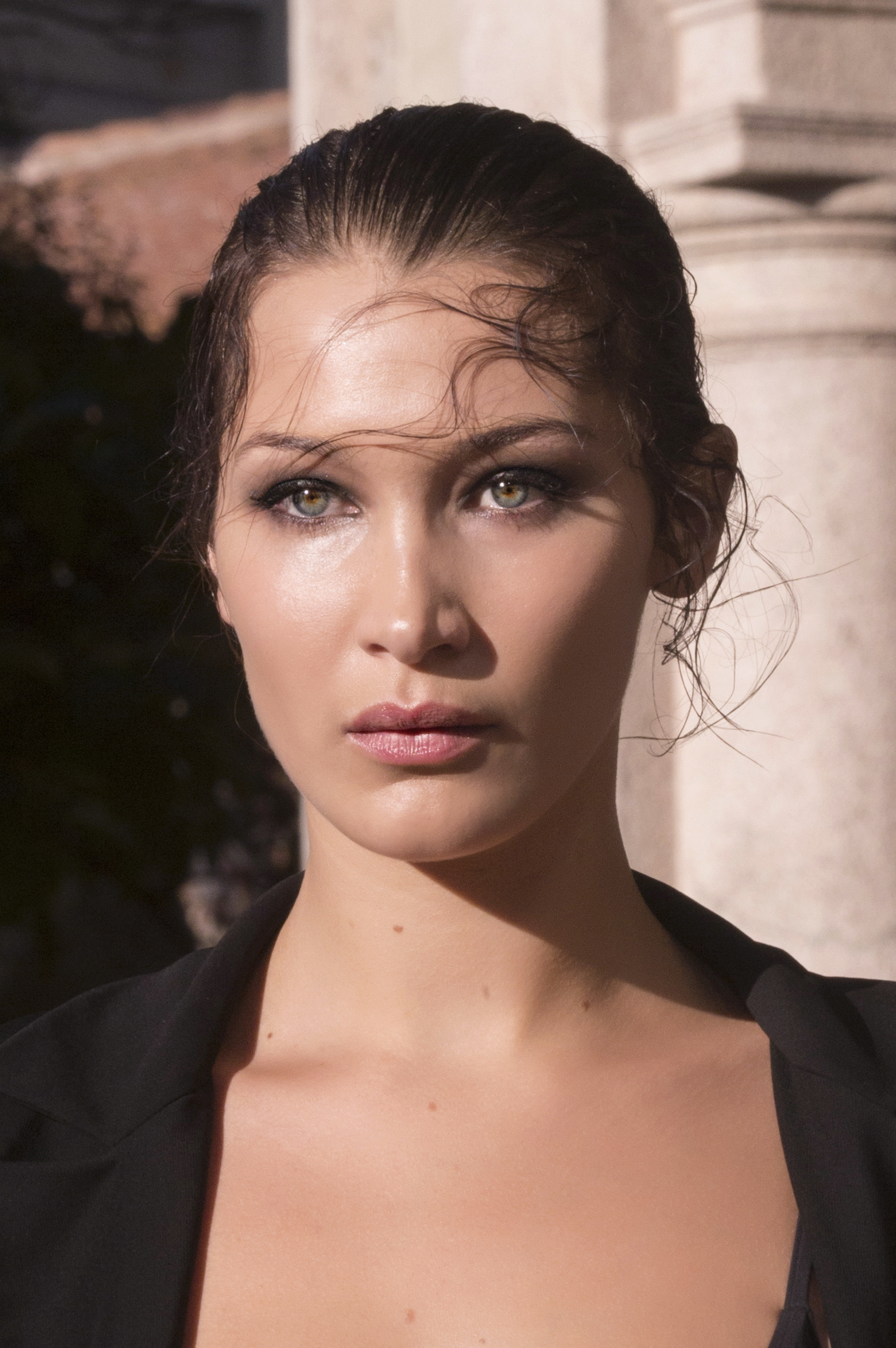Good advice and best sunscreens if you are going to play sports in the park or on the beach
How are manicures and pedicures worn this summer, matching or contrasting?
Spanish cosmetics, a success: exports exceed wine or olive oil
As much as we like to abandon the white paleness of winter,
dermatologists
never tire of repeating the damage that
sun exposure can cause.
We speak both of the resulting aesthetic problems
(premature aging,
with the consequent appearance of wrinkles and spots, especially on the face), and of major evils, such as skin cancers, which represent one in three in the world.
In fact, in Spain alone, according to data offered at the recent
49th Congress of the Spanish Academy of Dermatology and Venereology
(AEDV), around
78,000
new cases are diagnosed each year.
The ideal thing to avoid both 'minor' and major evils would be
not to expose yourself to the sun,
except for those 10 minutes a day (and better not on your face) that experts suggest so that there is a correct synthesis of
vitamin D.
However, and before the reluctance of many not to dispense with it on beaches and swimming pools,
sunscreen
undoubtedly becomes the defense to always have on hand.
With regard to these cosmetics that protect from solar radiation, it should be noted that it is not only important which one to choose, but also
how and when to apply
and reapply.
All keys below.
IMAXTREE
What does the ideal sunscreen have to have?
Before getting into the tips for using sunscreen this summer, let's analyze
what features
the ideas photoprotector must have.
"A sunscreen must cover a broad spectrum of solar radiation to prevent, and even repair, its harmful effects. The appropriate SPF will be
50 or 50+,
never
below 30,
but since the amount of product used in the studies is greater than the day-to-day, in intense exposure, it is better not to go below 50+. Above 50+
there may not be a clinically relevant change
in protection", explains Dr.
Leticia Alonso,
dermatologist at the Pedro Jaén Group.
More. The perfect protector, according to Alonso,
has to defend against:
UVA rays,
involved in photoaging and pigmentation, but also in carcinogenesis, which is the progressive transformation of normal cells into malignant cells.
UVB rays,
which cause erythema or burning, immunosuppression and skin cancer.
The IR (infrared),
which account for a large part of the radiation that reaches the skin and produce inflammation and alteration of the deep dermis (photoaging).
Ideally, the photoprotector should also cover
visible light,
especially in people with pigmentation such as melasma or lentigines.
On the other hand, photoprotectants may include
topical antioxidant agents,
which are important in reducing the oxidative stress generated by radiation, and DNA repair agents.
What is the texture of the ideal photoprotector
Sunscreen cosmetics
are also important and are not a secondary aspect, because it
will depend on its texture
to make it easier and
less tedious
to
apply and reapply
well.
"If it doesn't have nice cosmetics and easy application, it's difficult for us to apply it correctly," Leticia Alonso stresses.
Dermatologists ideally advise
a light texture, non-comedogenic
and well tolerated.
SHUTTERSTOCK
5 tips for using sunscreen this summer
Dermatologists always stress the importance of applying sunscreens.
Among other things, because much larger amounts
are used in studies
than those used by the general population, so you don't have to get lost.
That is why you should always keep these tips in mind:
Sunscreen should be applied at least half an hour before
exposure.
The ideal is to apply the photoprotector at home, before going to the beach, and better all over the body, even where the sun is not going to hit us (because, in reality, you never know...).
This is because "chemical filters need that period of time to penetrate the skin well and begin to act," explains
Begoña Gómez,
treatment expert at
Yves Rocher.
Always use a fair and generous amount.
Although it is not good to go too far, falling short when applying the photoprotector would be a serious mistake and would lead to inadequate protection.
In numerical terms, the fair amount would be equivalent to 2mg per square centimeter, or, what is the same, "fill the palm of the hand in each application", as Leticia Alonso indicates.
Dr. María Vicente, from the
VirtudEstética clinics,
adds that, for the face, you should use at least two fingers of product on the face at least.
Reapply, almost as important as applying.
It is not enough to give us photoprotector before leaving home.
"Of course, you have to
reapply it every two hours
and in the right amount," Vicente recalls.
This, which seems trivial to many, has not caught on for others.
More than half of young people
do not reapply sunscreen during the day, as highlighted in the report 'Habits of photoprotection', carried out by the
Spanish Pharmaceutical Laboratory IFC.
After each bath... a new application.
That a protector is
'waterproof'
ensures a longer duration of the product in the water, "but you have to add
the friction of the sand, the waves...
and we cannot trust ourselves", says Begoña Gómez.
So, after each bath, with dry skin, you have to pull on the protector again.
Do not forget the delicate areas.
Dr. Ricardo Ruiz, from the
International Dermatological Clinic,
adds the importance of protecting certain areas with creams, such as the
ears, lips and nose,
"where dermatologists operate more on skin cancer".
Having said all this, one last piece of advice: no matter how much we wear protection, we should not abuse it, it is
better to go to the shade for a while,
and avoid burns above all else, the most implicated in the appearance of long-term diseases.
Conforms to The Trust Project criteria
Know more
beauty

